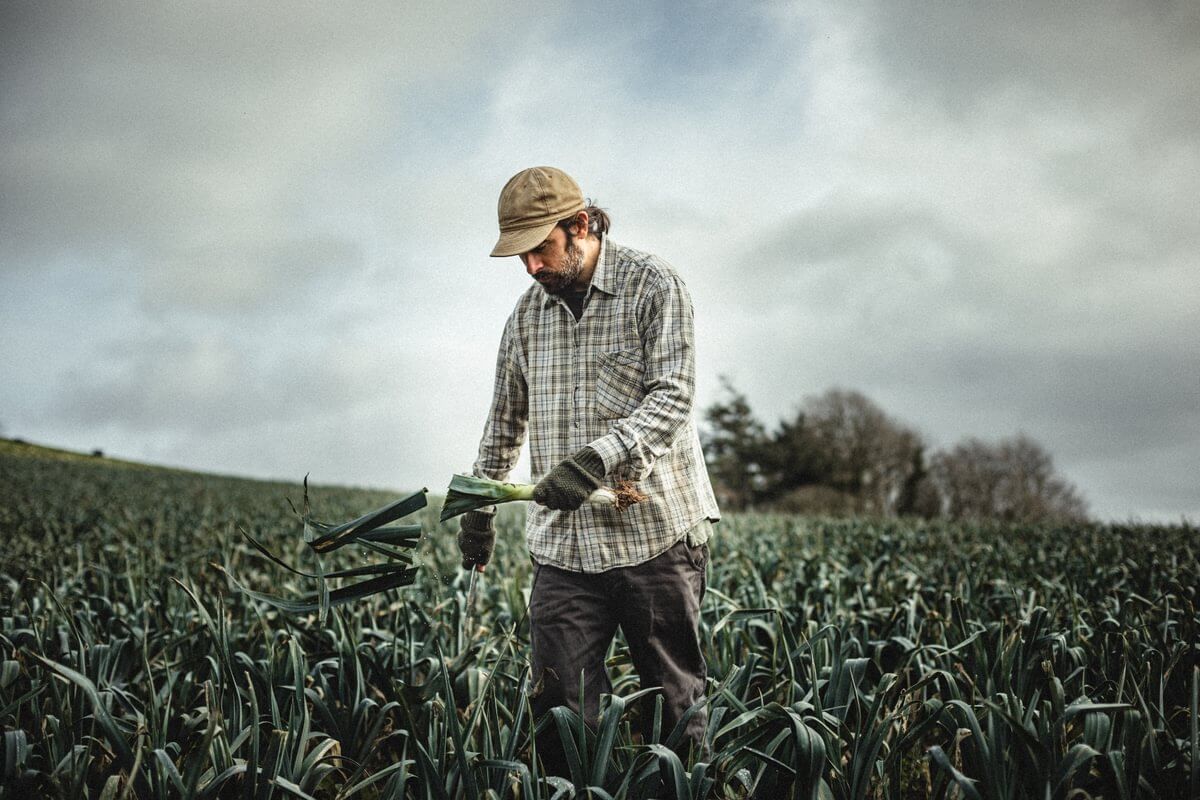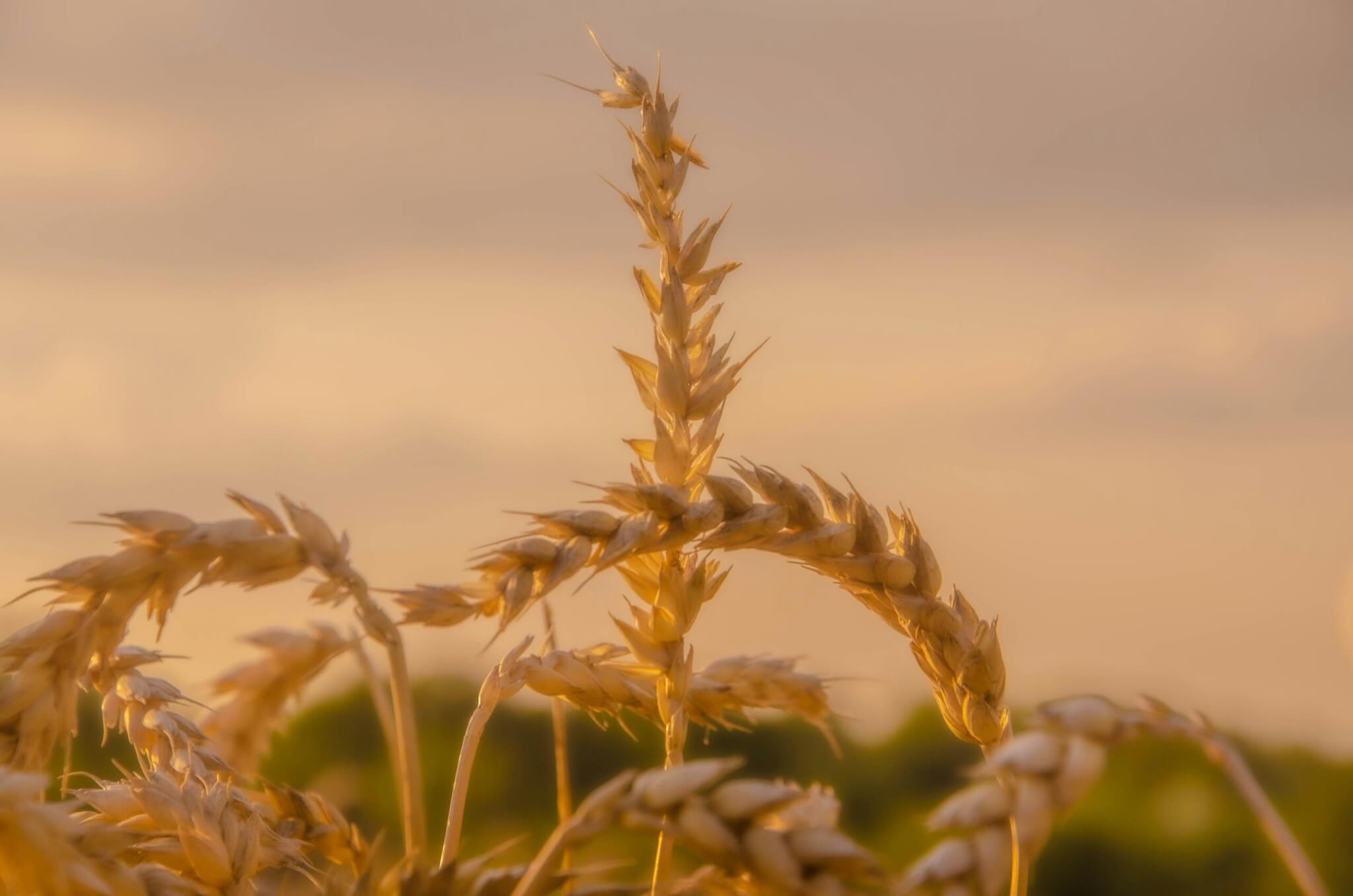In 1951 my father, a keen new Church of England tenant farmer, unloaded 36 Ayrshire cows at Staverton station here in Devon and walked them a mile up the road to Riverford Farm. This was the start of the enterprise which has been the backbone of our farm for sixty years. Initially we used traditional standings, milking into a bucket, before transferring it to churns for delivery to Dawes’ Dairy in Totnes. From there most of it went to London on the train. From Ayrshires my father slowly bred up to the higher yielding, but still stocky and robust British Friesians. We never went to those leggy, hat rack Holsteins: the ultimate milk machines that have become ubiquitous in the developed world.
Holsteins are very effective at turning grains and soya (normally grown using oil-dependent fertiliser and pesticides, often overseas) into milk, making them ideal for the intensive ‘feed lot’ system, where the cow never leaves the yard. They have been so highly bred that they often milk themselves to death, producing up to 80 litres a day before being culled, typically for lameness, infertility or mastitis at around 5-6 years old. Holstein bull calves will not fatten on grass so are usually raised on grain in feed lots, exported for veal production, or shot at birth.
We have moved in the opposite direction; since going organic in the late ‘80s we have crossed those Friesians back to robust traditional breeds like Montbéliarde, Dairy Shorthorn and Normande. They spend 75% of the year outside and eat 90% grass and clover, either fresh or as silage and hay. Our cows produce modest amounts of milk but spend twice as long in the herd as many Holsteins, with far fewer occurrences of mastitis. Meanwhile the stocky bull calves can be brought on as grass-fed beef cattle, or to produce rose veal.
Essentially, our organic milk is as close to those first pints my father produced in the ‘50s as it’s possible to get today. It also begs the question: can the milk that comes from feed lot cows fed a largely unnatural diet, in an intensive, artificial environment, milk that is so processed that it gets a shelf life of up to three weeks (unlike our modest five days), really be called fresh milk?














0 Comments